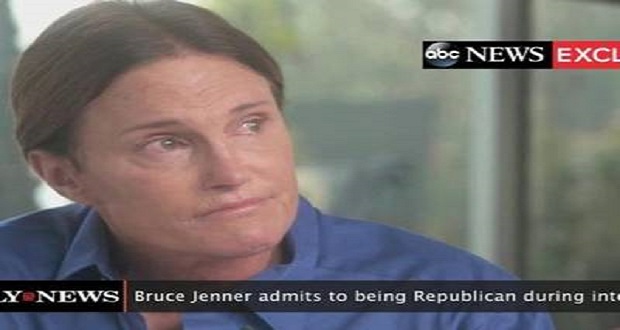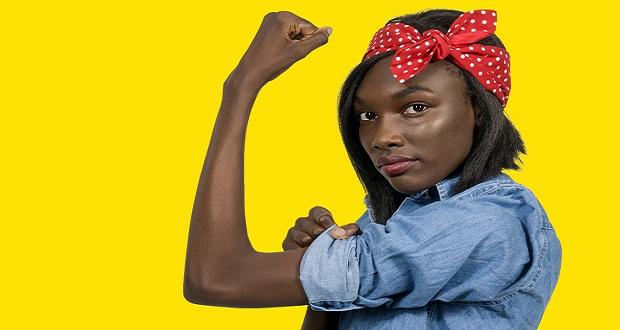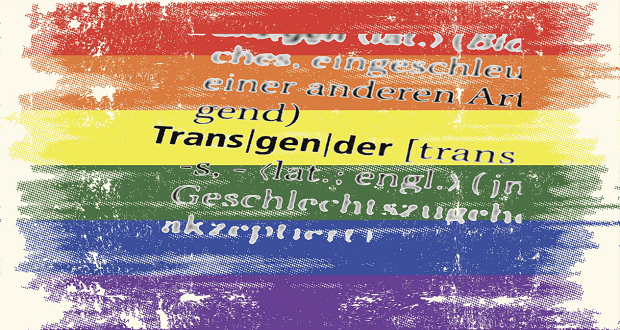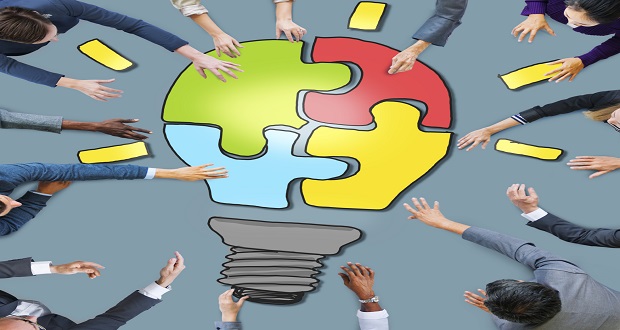![]()
As a diversity and inclusion (D&I) professional, sometimes it can be tempting for us to focus our time and effort on shifting the perspectives of people who may be earlier on in their D&I journeys.
But that approach begs to question: Is it really the best use of our time and limited resources? I think not. Consider the D&I department at many companies, for example. They are often times understaffed, if not non-existent. That makes it even more important for us to use our human capital and energy as effectively as possible.
Let’s consider those individuals who, perhaps, have the furthest to go in their journey toward embracing diversity and inclusiveness, like Donald Trump. As my colleague, Travis Jones, mentioned in a recent post, people like Trump are important to understand and discuss, not just in the political landscape, but also in our work. However, it is highly unlikely that these people will ever care about or understand D&I in an authentic way. Any attempt to “force” them, would be similar to spending all of one’s time on trying to crack a cold case. Meanwhile, there are fresh, and more easily solvable cases piling up on our desks. I’m not saying we shouldn’t reopen “cold cases.” I just believe that we should prioritize our cases in an efficient manner.
In the same sense, that also means not “preaching to the choir.” In other words, focusing our efforts on those who are further along in their journeys, may not be the most effective use of our time, either. Granted, D&I Conferences and gatherings are great places to share and learn, so that we can equip ourselves with knowledge and innovative ideas. However, we shouldn’t dwell in those comfort zones. We have to take that information and turn it into action within our spheres of influence.
So, who should we focus on?
I’ll refer to them as the folks in the “middle.” Why? Because there is a higher likelihood of moving them toward being more inclusive/embracing diversity. It’s similar to the business concept of “quick wins.” We have to use our best judgment to identify where people are in their journeys. The Winters Group uses a tool called the Intercultural Development Inventory. Once we find those in the “middle,” it would behoove us to find ways to guide them toward the “right,” without being judgmental of where they currently are.
Take for example, Justin Timberlake (JT). JT has long been accepted by some members of the black community. Recently, however, many have become agitated with him and see him as a cultural appropriation offender. This became very evident during this year’s BET Awards, when Jesse Williams gave his speech. JT became a “D&I offender” when he alluded to all of us being the same and one human race in one of his tweets. Soon after, #BlackTwitter gave him a piece of their minds.
Now, one approach would be to bash JT for his mistake. He was wrong. However, if you see JT as someone in the “middle” of his D&I journey, you’d see this as a teachable moment to leverage and influence his way of thinking. Rather than being bashed, he could be made to understand his mistake in a gentler way, and educated on what a more appropriate response would have been. Why is this approach better in this instance? Well, many people get upset when white people aren’t vocal about the issues of people of color. At the same time, many are quick to bash those who speak up, if they don’t do so properly. (For another example, see what happened with Mischa Barton on Instagram recently, related to #BlackLivesMatter.) As a result, the bashing leads to the silencing of some, and then the silence leads to more people being upset about the silence, and so on…It’s a vicious and unproductive cycle.
Overall, when we focus our efforts on guiding our “middle” of the continuum counterparts, we not only conserve our energy and limited D&I resources, but we also have the ability to really move the needle and make the most impact. I encourage you to find people within your sphere of influence who you can help guide from the “middle” toward the “right.”
In the words of Edward Everett Hale, “I am only one, but I am one. I cannot do everything, but I can do something. And I will not let what I cannot do interfere with what I can do.”


















